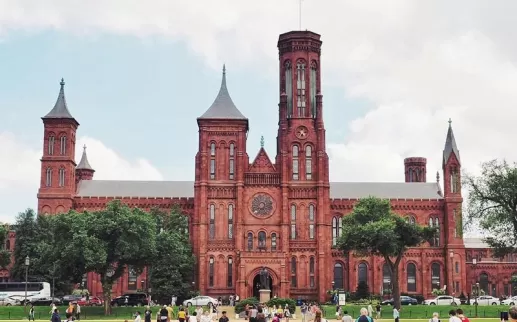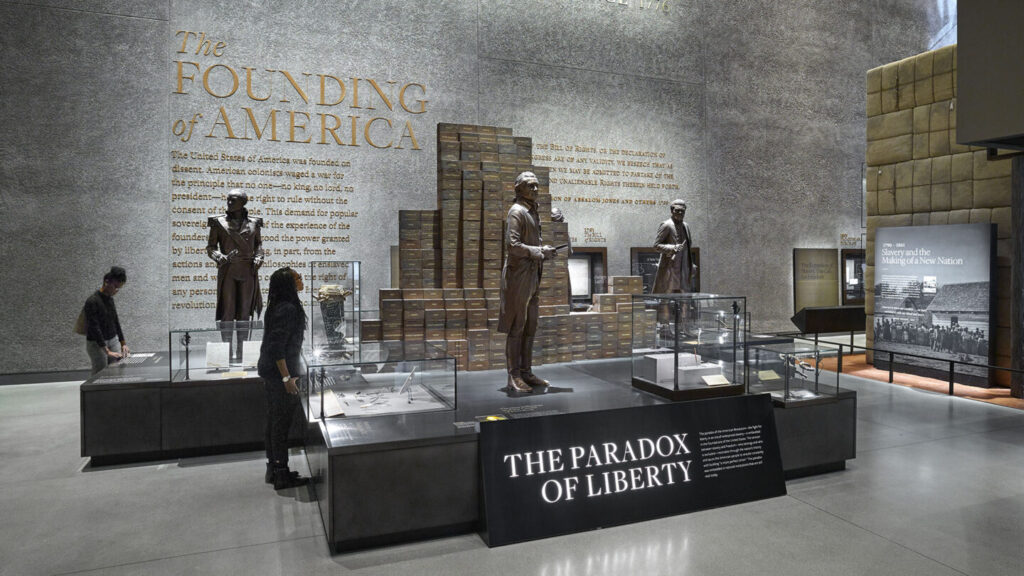In a sweeping directive that underscores President Donald J. Trump’s cultural agenda, the administration has formally ordered the Smithsonian Institution to remove what it defines as 'improper, divisive or anti-American ideology' from its museums, exhibits, research centers, and the National Zoo.

What’s Actually Happening
• Executive Order: On March 27, 2025, Trump signed “Restoring Truth and Sanity to American History,” directing Vice President J.D. Vance to lead an effort to purge the Smithsonian of narratives the administration views as ideologically skewed.
• Targets and Scope: The order questions exhibits that discuss systemic racism, re-examine traditional narratives of Western values, or present race and identity as central to oppression. Museums named include the National Museum of African American History and Culture and the future American Women’s History Museum.

• Funding & Oversight: Budget allocations for Smithsonian exhibits or programs considered divisive may be cut. The order also calls on Congress to ensure future appropriations prohibit materials that 'degrade shared American values, divide Americans based on race, or promote ideologies inconsistent with Federal law and policy.'
• Exhibit Changes: As part of that directive: The Smithsonian removed references to Trump’s impeachments from the “American Presidency: A Glorious Burden” display at the National Museum of American History. The display was reverted to a version predating those updates.
Why It Matters
• Narrative Control: The Smithsonian is among America’s foremost institutions that tells the national story. Changing what is highlighted or downplayed reshapes public memory. This initiative gives the administration power to steer how history is presented.
• Cultural Signaling: The move aligns with Trump’s broader push to reinforce patriotism, traditional values, and a less critical view of America’s past—appealing to a sizable base of voters eager for institutions to promote national pride.
• Pushback from Scholars & Curators: Historians and museum professionals argue that removing or sanitizing uncomfortable parts of history—like slavery, racial oppression, or Indigenous displacement—undermines the scholarship, nuance, and complexity vital to honest public education. Some see it as erasing history rather than interpreting it.
Key Quotes
'The Smithsonian should be places where individuals go to learn — not to be subjected to ideological indoctrulation or divisive narratives that distort our shared history.' — Excerpt from Trump’s executive order.

'The Smithsonian’s work is grounded in a deep commitment to scholarly excellence … we will continue to collaborate constructively with the White House …' — Smithsonian statement upon receiving a letter demanding content review.
Possible Outcomes & Implications
• Revisions of Exhibits: Many exhibits will likely be revised to remove or alter language around race, gender, oppression, or anything the administration views as divisive.
• Changes in Curatorial Staff or Direction: The review could lead to changing staff, curatorial procedures, or grant priorities to align more with themes like American greatness, exceptionalism, and unity.
• Political Backlash: While this will please supporters who believe museums have become politicized, it could provoke backlash from academia, cultural institutions, and communities who feel their histories are being marginalized.
• Long-term Cultural Effect: As we approach the U.S.’s 250th anniversary in 2026, these changes may influence what the public remembers and how patriotism is expressed in public spaces for years to come.
Pro-Trump Perspective
From the administration’s side, this is a necessary course correction. Supporters argue that for too long, federal cultural institutions have leaned heavily into narratives that emphasize America’s failures rather than its achievements and virtues. This effort is portrayed not as erasure but as recalibration—balancing the story to include optimism, unity, and pride.
By renewing emphasis on America’s founding ideals (liberty, individualism, hard work), and trimming exhibits that the administration claims promote division, Trump seeks to reforge national identity around shared values. For many supporters, this constitutes true respect for history—not idol worship, but unflinching acknowledgment of what is good in America and what has made it great.

















